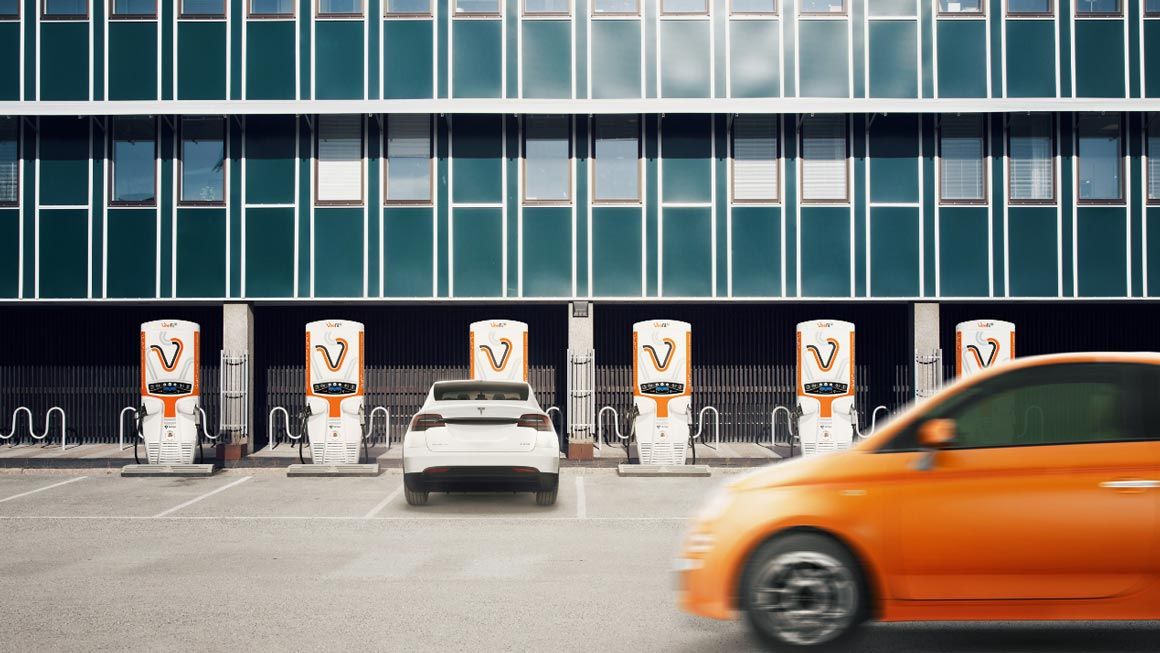Three Types of EV Charging
The three types of EV charging stations are Levels 1, 2 and 3. Each level relates to the time it takes to charge an EV or plug-in hybrid vehicle (PHEV). Level 1, the slowest of the three, requires a charging plug that connects to a 120v outlet (sometimes it’s called a 110v outlet — more on this later). Level 2 is up to 8x faster than Level 1, and requires a 240v outlet. The fastest of the three, Level 3, are the fastest charging stations, and they are found in public charging areas since they are expensive to install and typically you pay to charge. As national infrastructure is added to accommodate EVs, these are the types of chargers that you will see along highways, rest stations and eventually will take the role of gas stations.
For most EV owners, Level 2 home charging stations are most popular since they blend convenience and affordability with faster, more reliable charging. Many EVs can be charged from empty to full in 3 to 8 hours using a Level 2 charging station. However, there are a handful of newer models which have much larger battery sizes that take longer to charge. Charging while you sleep is the most common way, and most utility rates are also less expensive during overnight hours saving you even more money. To see how long it takes to power up a specific EV make and model, check out the EV Charge Charging Time tool.
Is it Better to Charge an EV at Home or at a Public Charging Station?
Home EV charging is most convenient, but many drivers need to supplement their charging needs with public solutions. This can be done at businesses and parking lots that offer EV charging as an amenity, or at public charging stations you pay to use while traveling long distances. Many new EVs are manufactured with upgraded battery technology to run 300 or more miles on a single charge, so it’s now possible for some drivers with shorter commute times to do the bulk of their charging at home
Post time: Nov-01-2023









